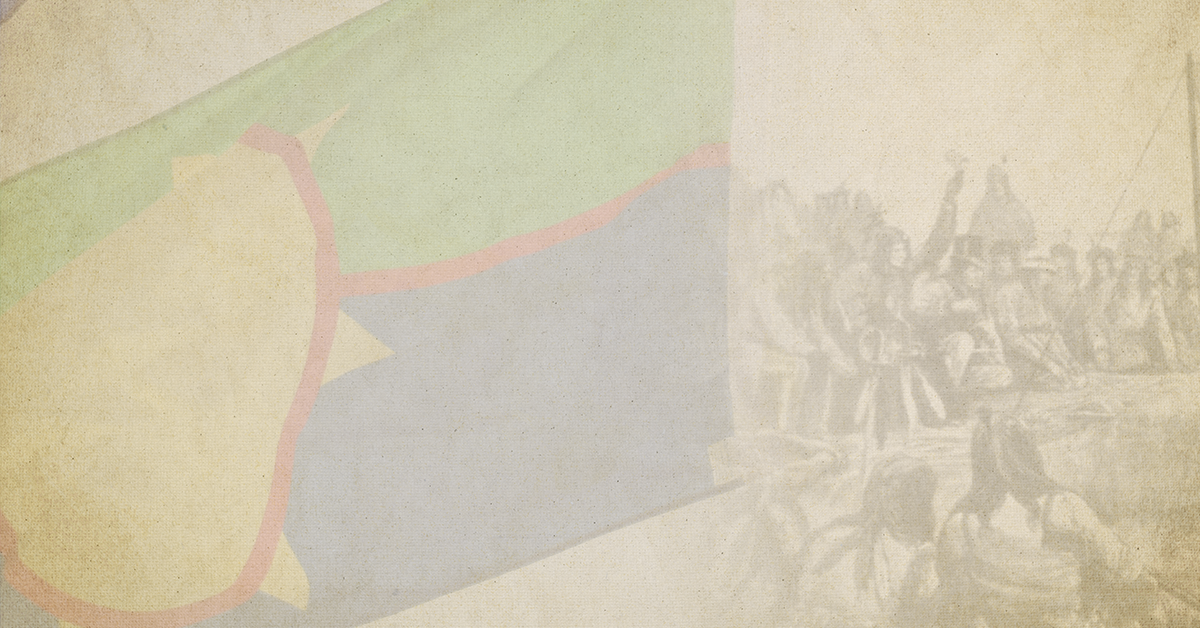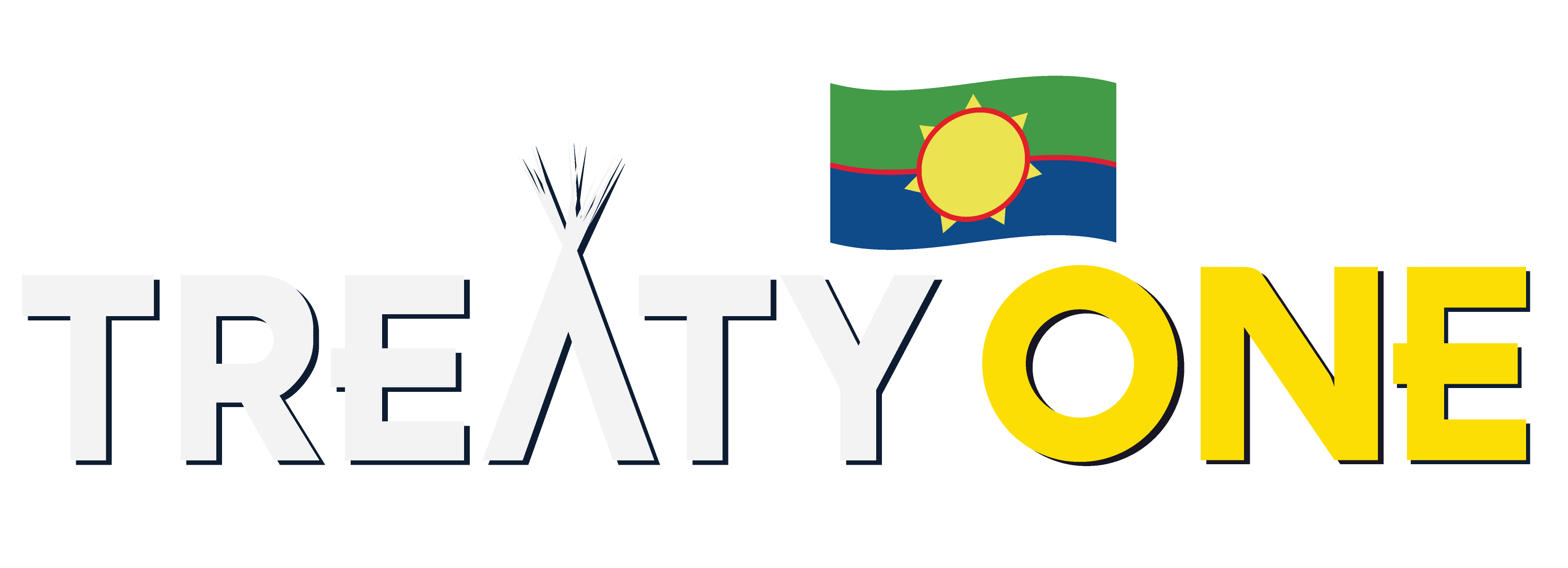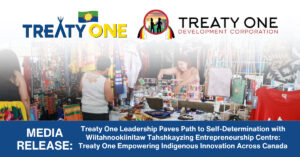No products in the cart.

Treaty One set to turn 150
Six-week campaign seeks to educate Canadians on meaning of treaties
A six-week countdown to the 150th anniversary of the signing of Treaty No. 1 kicked off Sunday in hopes of educating the public on the past, present and future of the treaties.
The campaign will include a six-part series in the Winnipeg Free Press and commemorative videos themed around the history of each of the seven treaty one communities. The treaty was the first of 11 treaties that established Western Canada.
“Historically, we haven’t had a lot of education surrounding treaties, and about the time of contact, and the colonial history — we’ve heard a lot about the government’s side of history, but we haven’t really delved into the First Nations side,” Katherine Legrange, executive director of the Treaty One Nation said Sunday.
The kick-off date is also meaningful — on June 20, 1876, a revision to the treaty was made, signing Long Plain, Sandy Bay and Swan Lake First Nations to the adhesion to Treaty No. 1.
To mark the Aug. 3, 1871 signing of the treaty, an in-person morning pipe ceremony will take place at Lower Fort Garry on Aug. 3, pending provincial health restrictions.
Lower Fort Garry National Historic Site was the location where Treaty No. 1 was negotiated in 1871.
The event will also include a flag raising and a curated exhibit including the sacred pipes from the original ceremonies and other historical artifacts.
The programming is not only meant to educate, but to gauge what those living in Treaty No. 1 know about its history, and what they want to know, Legrange said.
“We want to know what the youth think of the treaties, and what that looks like going forward,” she said.
In a statement, Long Plain First Nation Chief Dennis Meeches said it was important to remember the treaties are “living documents between our nations and the Crown.”
“First Nations people more than fulfilled our commitment to live and work together with newcomers, and we look forward to resetting the relationship with the government of Canada going forward,” he said.
There is misinformation around the signing of treaty one that Legrange said Treaty One Nation hopes to correct through the programming — both, she said, dispelling the idea of the treaty document as a “secession agreement,” and wider discussions around the agreement actually made through the signing of Treaty No. 1.
“I feel like there’s a misconception of First Nations… in our way of thinking, speaking in general terms, we lived up to our part of the bargain, so to speak,” she said. “But the Crown and the government did not and still has not. You can see there’s still inequity.”
There’s a demand in Manitoba for this knowledge, Legrange said, and its become even more apparent in recent weeks.
“I feel like right now there’s a shift happening, with the public really wanting to know more about our people and how things came to be the way they are now,” she said.
“Definitely with the discovery of the 215 children in Kamloops has really created a space for dialogue. So we really wanted to make this an opportunity to share about the treaties and about Treaty No 1 in particular.”
malak.abas@freepress.mb.ca
The Winnipeg Free Press invites you to share your opinion on this story in a letter to the editor. A selection of letters to the editor are published daily.
To submit a letter:
• fill out the form on this page, or
• email letters@freepress.mb.ca, or
• mail Letters to the Editor, 1355 Mountain Avenue, Winnipeg, Manitoba, R2X 3B6.
Letters must include the writer’s full name, address, and a daytime phone number. Letters are edited for length and clarity.



